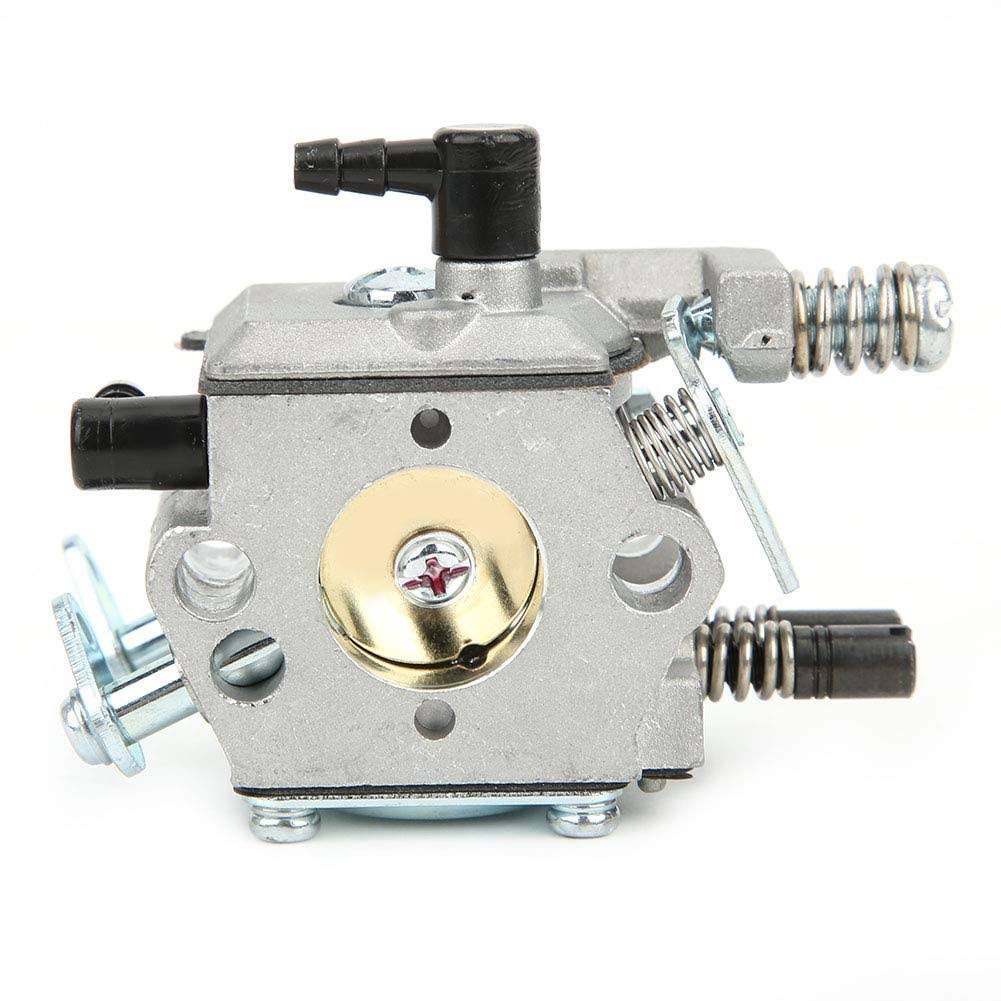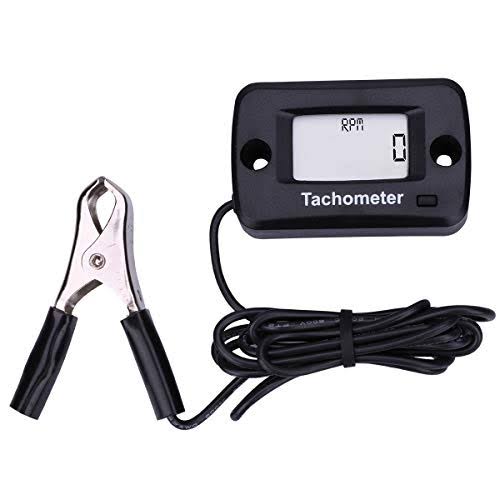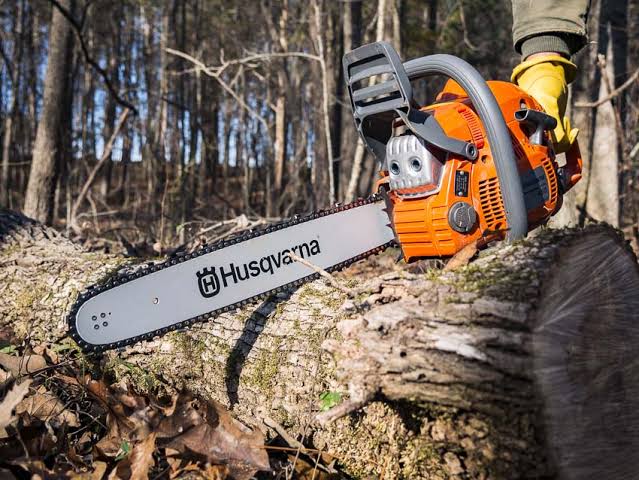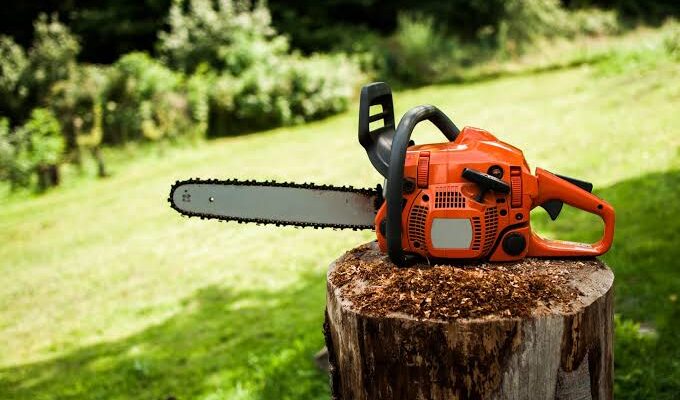There are only a few outdoor equipment that can match the reliability and ruggedness of a Husqvarna chainsaw. These formidable machines are essential for various tasks, from cutting firewood to tackling challenging forestry work. However, like any precision instrument, ensuring your Husqvarna chainsaw runs at its best requires occasional maintenance.
One crucial aspect is adjusting the carburetor, which directly impacts engine performance. In this article, we will help you understand carburetor settings, functions, and processes.
Read ahead as we share some of the best and exclusive tips for adjusting the carburetor of your Husqvarna chainsaw! Additionally, we have an article on how to tighten a chainsaw chain to make it run smoothly and efficiently. This article will be helpful for both expert chainsaw users and beginners.
Understanding Carburetor

A carburetor is the most essential component of the chainsaw. It is impossible for a chainsaw to function without it. A carburetor is responsible for mixing air and fuel in the right proportions.
The optimal air-fuel mixture is required by the chainsaw to give an efficient performance and desired results. The carburetor also influences the performance of the chainsaw’s engine. Therefore, it is necessary that your carburetor is finely tuned as otherwise, you may risk inefficiency, increased fuel consumption, and engine failure.
An inefficient and unadjusted carburetor can make your reliable Husqvarna chainsaw a sluggish and unreliable tool. Thus, understanding the functioning of your carburetor to ensure your chainsaw runs efficiently and sharply.
Required Tools and Safety Precautions

Before you begin adjusting your carburetor, gather all the necessary tools and equipment. You will need a screwdriver set with the appropriate bits, a tachometer, a clean cloth, and a Husqvarna chainsaw’s manual guide. These tools will make the process of carburetor adjustment easy and smooth.
While working on the chainsaw’s carburetor, you should also be concerned about your safety. Start working by ensuring that the chainsaw is completely turned off and the engine has cooled. We recommend working in an open or well-ventilated space.
Also, it is recommended to wear protective safety gear like goggles, gloves, and more. Remember to be patient, methodical, and cautious throughout the adjustment process to prevent accidents and achieve results.
Guide to Carburetor Adjustment

The following steps ensure a clean, well-prepared, and finely-tuned carburetor in your Husqvarna chainsaw:
1. Cleaning and Adjustment
Cleanliness is the key to a well-functioning carburetor. Ensure your chainsaw is free of dirt and debris, especially around the carburetor area. Check the air and fuel filters and clean or replace them as required.
2. Identifying Adjustment Screws (LHT)
Familiarize yourself with three primary carburetor adjustment screws; Low-speed (L), High-speed (H), and Idle (T). Each serves a unique purpose in controlling fuel-air mixture and engine speed. It is essential to know their locations and functions for making precise adjustments.
3. Baseline Setting
To set the stage for adjustments, begin with manufacturer-recommended baseline settings for L and H screws. You will find these recommendations in your Husqvarna chainsaw user manual. This step helps in ensuring a reliable starting point.
4. Low-speed Screw (L) Adjustments
Start the adjustments by fine-tuning the Low-speed screw (L). This screw influences the fuel mixture at low engine speeds. Achieving the right balance at this stage is essential for smooth idling and acceleration.
5. High-speed Screw (H) Adjustments
Next, focus on the High-speed screw (H), which controls the mixture at higher engine speeds. Correct adjustment here ensures power and efficiency during heavy-duty tasks.
6. Fine Tuning
With the L and H screws set, fine-tune both to achieve optimal performance. Pay attention to engine responsiveness, smoothness, and fuel efficiency as you adjust.
7. Idle Speed
Do not wrap up the carburetor adjustment process without checking the idle speed. Ensures it falls within the recommended range to guarantee a well-adjusted carburetor.
Husqvarna Chainsaw: Testing and Troubleshooting
Once you are done making carburetor adjustments, put your Husqvarna chainsaw to the test. Start the engine and let it warm up. Pay close attention to its performance, which includes smooth idling, prompt acceleration, and efficient power delivery.
Make any necessary fine-tuning adjustments to ensure optimal operations. Sometimes, even with careful adjustments, issues may arise. It may be due to other chainsaw components apart from the carburetor. Thus, it is recommended to inspect and clean air and fuel filters, spark plug, chain, and bar regularly. Consistent maintenance not only extends the life of your chainsaw but also ensures safe and reliable performance every time you need it.
Conclusion
It is essential for all the Husqvarna chainsaw owners and users to have good carburetor adjustment skills. A finely tuned carburetor ensures that your chainsaw runs at its absolute best, delivering peak performance. By balancing the air and fuel mixture precisely, you can optimize the power, fuel efficiency, and engine longevity of your chainsaw.
Remember that the carburetor isn’t just a mechanical component; it’s the conductor of all the operations of your chainsaw. Every cut and every task done by a chainsaw is directly connected with its carburetor. As we conclude this guide, we encourage you to adopt a holistic approach to your Husqvarna chainsaw’s maintenance.
Regularly monitor and clean your air and fuel filters, check spark plugs, and keep your chain sharp and well-tensioned. By doing so, you eliminate the chances of any breakage or failure and ensure that your Husqvarna chainsaw stays in top-notch condition, making effortless cuts and efficient performance!
Be sure to check out these other posts for more insights and tips:








Comments